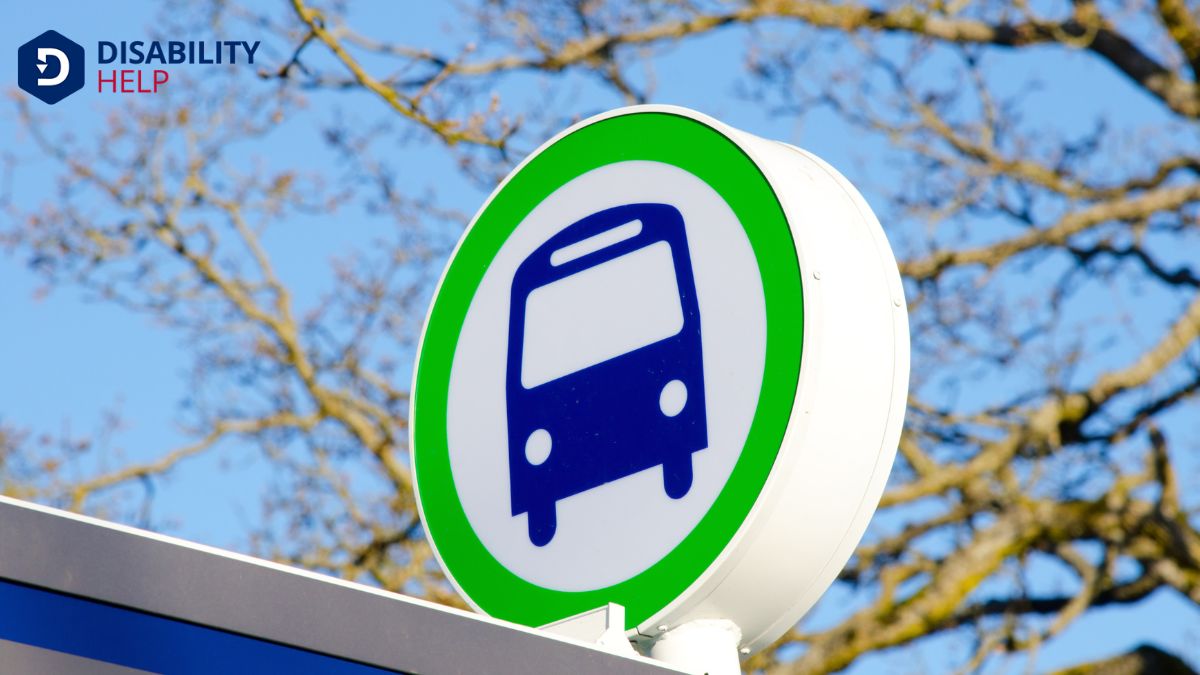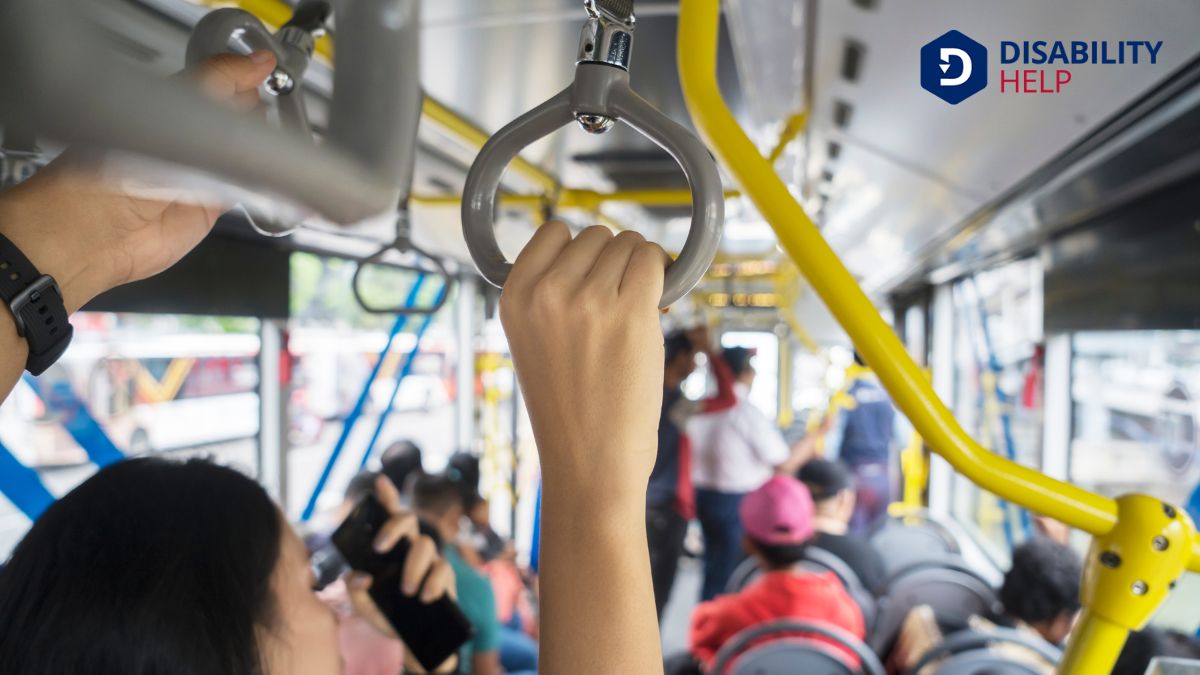Under the Americans with Disabilities Act (ADA)A U.S. law that prohibits discrimination against individuals with disabilities in all areas of publi..., public transportation systems, including buses, must provide equal accessThe principle that all individuals, including those with disabilities, should have equal opportunity... to individuals with disabilities. But what exactly does that mean for those of us who rely on these services daily? Can a public bus ever refuse service to a disabled person, and if so, under what circumstances? Let's explore the complexities and uncover the truth behind our rights and responsibilities when it comes to public transit.
Key Takeaways
- Public buses cannot refuse service to disabled individuals under the ADA.
- Transit authorities must accommodate disabled passengers with accessible features and trained staff.
- Denial of service due to disability is illegal and violates federal law.
- Buses are required to have functioning ramps, lifts, and designated seating for disabled passengers.
- Public transport must ensure equal access and treatment for all, regardless of disability.
Understanding the Americans With Disabilities Act (ADA)

The Americans With Disabilities Act (ADA) is an essential piece of legislation that guarantees equal access and opportunities for individuals with disabilities. It guarantees that we, as a society, uphold the rights of disabled individuals in various aspects of life, including employment, public accommodationsModifications or adjustments in healthcare settings to support patients with disabilities., and government services.
By promoting inclusivity, the ADA helps us break down barriers and fosters a more equitable environment.
We must recognize that the ADA isn't just a set of rules but a commitment to dignity and respect for all.
Let's embrace the spirit of the ADA by advocating for understanding and change. We should all work together to guarantee that everyone, regardless of ability, can enjoy the same opportunities without facing discrimination or exclusion.
Legal Rights of Disabled Individuals in Public Transportation
When we consider public transportation, it's crucial to recognize the legal rights of disabled individuals in accessing these services. The Americans with Disabilities Act (ADA) plays a critical role in safeguarding these rights.
Public buses must accommodate disabled passengers, making sure vehicles are accessible and staff are trained to assist. This means providing features like ramps, designated seating, and clear signage.
It's our collective responsibility to guarantee equal access and treatment for all passengers. We should be aware that disabled individuals have the right to the same level of service and safety as everyone else.
Common Barriers Faced by Disabled Passengers
Maneuvering public bus services can present numerous challenges for disabled passengers.
We often encounter barriers that make using public transport difficult.
Let's look at some common obstacles we might face:
- Inaccessible Stops: Many bus stops lack features like ramps or tactile paving, making it hard for those with mobility or visual impairments to access them safely.
- Improperly Functioning Equipment: Wheelchair lifts or ramps might be broken or unavailable, preventing us from boarding the bus independently.
- Inadequate Space: Buses may not have enough designated areas for wheelchairs or mobility aidsDevices designed to help individuals move around more easily, such as canes, walkers, or wheelchairs..., leading to overcrowding and discomfort.
- Communication Barriers: Information about routes and schedules may not be available in accessible formats, complicating our journey planning.
Addressing these issues can greatly improve our travel experience.
Responsibilities of Transit Authorities and Operators
While we face numerous challenges as disabled passengers, transit authorities and operators have specific responsibilities to guarantee access and safety.
They're required to provide services that comply with the Americans with Disabilities Act (ADA), ensuring public transport is inclusive. This means buses should be equipped with ramps or lifts, priority seating, and clear signage for those who need it.
Operators must undergo training to assist passengers with diverse needs, treating everyone with respect and patience. It's also essential that they maintain communication with us, addressing any accessibilityThe design of products, devices, services, or environments to be usable by people with disabilities.... concerns promptly.
We all deserve a safe, reliable means of transportation, and it's their duty to uphold these standards. By doing so, they foster an inclusive environment where everyone can travel with confidence.
Case Studies and Real-World Experiences

Although we've made strides toward improving public transportation for disabled persons, real-world experiences reveal that challenges persist.
We've come across numerous case studies highlighting issues that need addressing. For instance:
- Inaccessible Stops: Some bus stops lack proper ramps, making it difficult for wheelchair users to board.
- Driver Training: Drivers aren't always adequately trained to assist disabled passengers, leading to discomfort or missed stops.
- Equipment Failures: Wheelchair lifts occasionally malfunction, rendering buses inaccessible.
- Overcrowded Buses: During peak hours, space for wheelchairs and mobility aids can be limited.
These experiences emphasize the importance of continued efforts to guarantee inclusive access.
Conclusion
In understanding our rights under the ADA, it is understood that public buses can't deny service to disabled individuals. We've seen how vital it is for transit authorities to guarantee accessibility and train their staff properly. By addressing common barriers and learning from real-world experiences, we're reminded of the importance of inclusivity in public transportation. Let's continue advocating for equal access and support for everyone, making sure our public transit systems uphold these essential principles.






